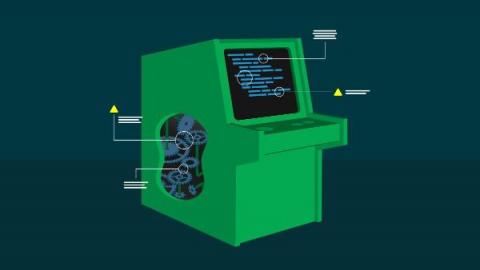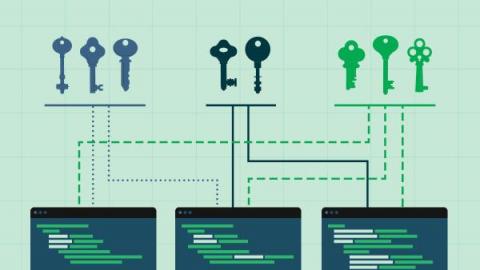Mocking API requests with Mirage
Building full-stack applications can be challenging, especially when developing the backend and frontend at the same time. In this scenario, frontend teams may have to wait for the backend team to finish building an API before they implement. This is where Mirage.js comes in. In this tutorial, you will explore how to use Mirage.js in frontend applications and mock backend requests for services that have not yet been developed.











